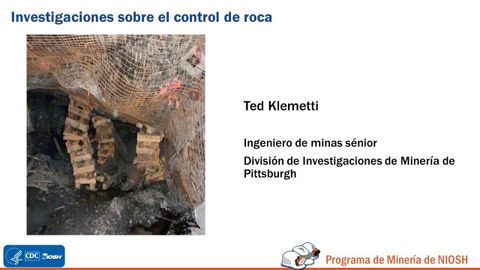
字幕與單字
Klemetti:岩石控制研究 (Klemetti: Investigaciones sobre el control de roca)
00
林宜悉 發佈於 2021 年 01 月 14 日收藏
影片單字
current
US /ˈkɚrənt, ˈkʌr-/
・
UK /'kʌrənt/
- n. (u.)電流;流量;流通貨幣
- adj.目前的;通用的;被普遍接受的;有效的;最新的
- n.趨勢;潮流;輿論
A2 初級初級英檢
更多 使用能量
解鎖所有單字
解鎖發音、解釋及篩選功能

US /ˈkɚrənt, ˈkʌr-/
・
UK /'kʌrənt/